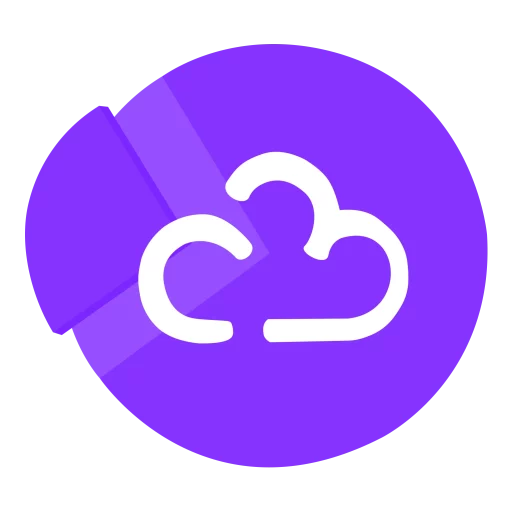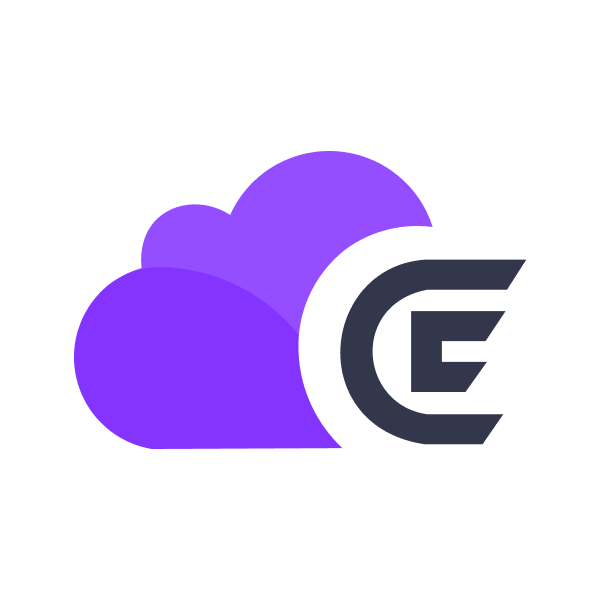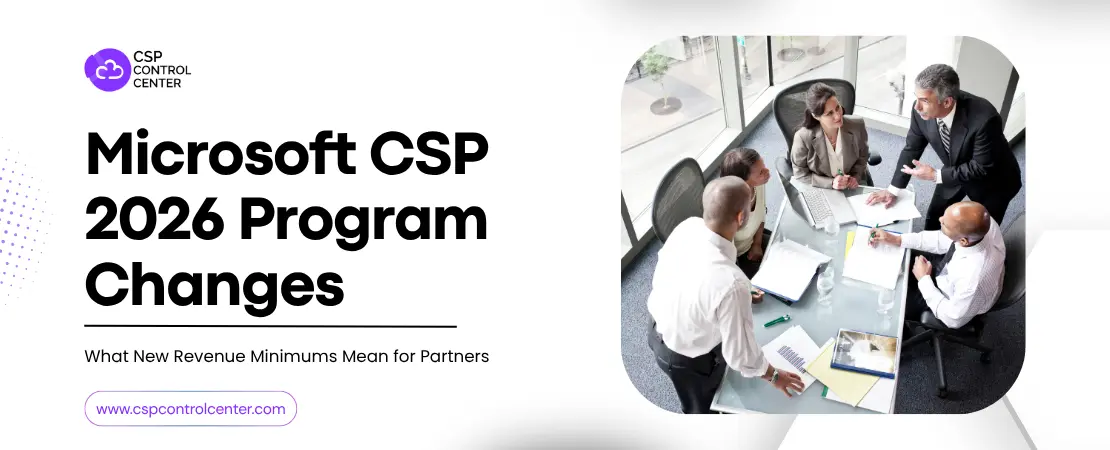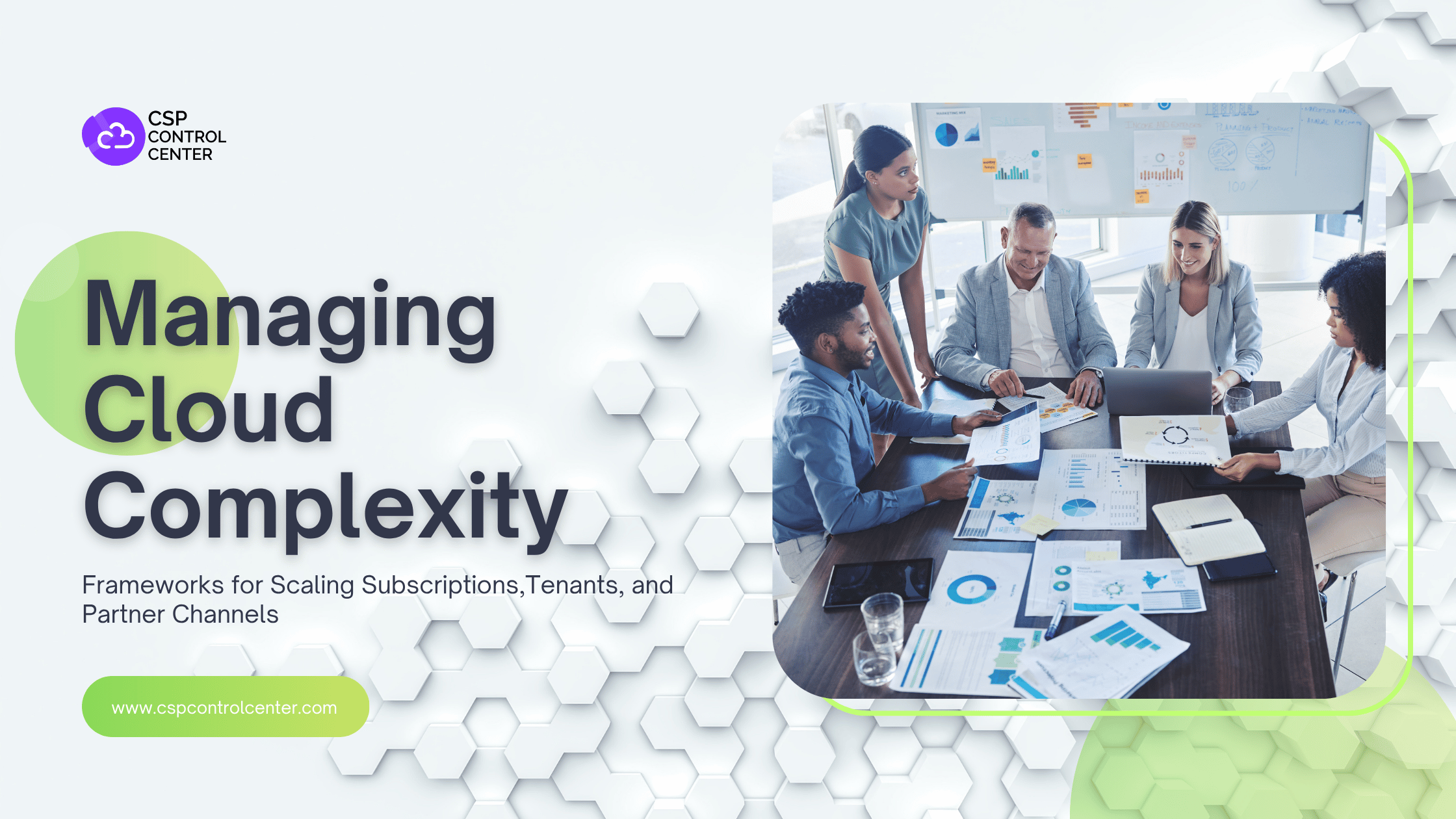The first step when you are looking to grow your Microsoft CSP business is acquiring new customers. In a competitive market, finding potential leads, qualifying them, and converting them into paying clients poses a challenge. Most business owners dream of providing services to large corporations and define success by the number of large businesses they have as clients. While doing so they might make the mistake of ignoring small and medium-sized businesses (SMBs) as potential customers and fail to target them. Not focusing on SMBs as potential customers can severely impact the revenue and growth of your Microsoft CSP business. Directing your sales and marketing efforts toward acquiring more SMB customers will greatly benefit your Microsoft CSP business in the following ways.
Vast potential market– As per the World Bank, SMBs account for 90% of businesses worldwide. This makes it easier to generate new leads for your business as the pool of potential customers is enormous. Due to the many potential customers, SMBs can be a source of new and recurring revenue for your Microsoft CSP business. More and more SMBs are embarking on a digital transformation journey that is leading to an increase in their IT spending. As per a report titled “SMB IT Spending” published by Global Industry Analysts, “The Global SMB IT spending market is projected to reach $846.9 Billion by 2027”
Shorter sales cycle– SMBs typically have shorter sales cycles as compared to larger enterprises. Though larger enterprises have more money to spend as compared to SMBs, their sales cycles can be long and complex. When you are selling to SMBs there are usually one to two decision-makers involved, this speeds up the sales process. On the other hand, larger companies have multiple decision-makers and departments that can lead to multiple objections and points where the sales cycle can stall. As a result, the sales representatives end up spending a lot of their time trying to close one deal.
Customer loyalty- Selling to larger enterprises is transactional whereas selling to SMBs is relationship-based. When you understand the pain points of your customers you can offer solutions that can help them in improving their processes and support their growth. This can help you become their trusted IT advisor as they start their digital journey. This leads to customer loyalty and increased spending in the long run.
Potential to scale- A company that is small today might not remain the same a few years down the line. SMBs that are successful have the potential to scale and grow into multi-billion-dollar companies. Having a long-term relationship with successful SMBs will help you get more and more business as these SMBs grow and expand.
Though you can’t ignore SMB revenue for your Microsoft CSP business, many roadblocks make it hard to sell to SMBs.
Tight budgets– SMBs generally have lower budgets compared to larger enterprises. As the deal sizes of SMB customers are lower, you need to convert a large number of SMB leads to earn the same revenue that you would get by closing an enterprise-level deal. This would require a large number of sales representatives to pursue and close the deals and can lead to an increase in the Customer Acquisition Cost (CAC).
As SMBs have limited resources they might prioritize spending on business activities that generate direct revenue and delay their IT spending. SMBs may also pause IT spending till they can secure funding for the same.
Risk aversion- Limited budgets take away the luxury of making mistakes from SMB owners. This makes SMB owners highly risk averse. Spending or investing in technology that does not add value to the business can be a disaster for small and medium-sized companies. This makes SMBs more cautious, and they tend to scrutinize the deal to assess the potential risks.
Lack of time- SMB owners are often juggling between different roles to keep their business running smoothly. They can be responsible for multiple business functions such as sales, marketing, operations, finance, product development, IT, etc. This makes them constantly strapped for time. SMB owners are at times the sole decision-makers when it comes to deciding the technology needs for their business. Time constraints can make it difficult to schedule a meeting with SMB owners and pitch your solution to them.
Diverse Market– SMBs are a diverse market where there can be significant differences in terms of their technology needs and preferences. There is no one-size-fits-all approach when selling to SMBs. You will have to tailor your go-to-market strategies depending on the diverse needs of the SMBs.
What do SMB customers look for?
As SMBs grow and expand they understand the need to adopt newer technologies and solutions to keep their business competitive and operate efficiently. While SMBs acknowledge the importance of technology in the modern economy, they know how critical it is to select the right technology partner for the success of their business. A few qualities and features SBMs look for when selecting a Microsoft CSP to do business with are listed below.
Holistic support
Large enterprises have different departments dedicated to the various functional areas such as sales, marketing, product development, finance, operations, etc., whereas in SMBs a few people might be responsible for juggling multiple roles. A separate IT department may be non-existent in most SMBs. SMBs look for technology partners who are familiar with their industry and have expertise in delivering solutions for the SMB market. SMBs need partners who can help them understand the value proposition a solution has to offer. They seek partners who can understand their pain points and suggest solutions keeping in mind their business challenges such as budget and resource limitations.
SMBs not only expect the Microsoft CSPs to pitch and deliver solutions, but they also expect implementation support as they lack the internal resources to implement the solutions themselves. Technology partners need to support SMBs during deployment, training, subscription modifications, etc. This allows SMBs to focus their time and energy on their core business.
Customized solutions
SMBs differ not only from large enterprises but from each other as well in terms of the company size, type of industry, geography, etc. SMBs look for solutions that can address their unique challenges. SMBs are interested in solutions that can be customized as per their needs and help them achieve maximum business growth and revenue. Having solutions tailor-made for them will help SMBs remain competitive in their industry.
Easy account management
SMB employees often handle multiple roles and have limited time to manage their Microsoft licenses and subscriptions. SMBs expect Microsoft CSPs to provide a frictionless customer experience from the beginning to the end. SMBs look to do business with Microsoft CSPs who not only deploy the solutions seamlessly but also offer easy account management options. SMBs already have their hands full running their business and would like a technology partner who can lessen their administrative workload. Many SMBs might not be in a position to dedicate a resource to keep track of upcoming Microsoft subscription payments, renewals, etc., or process multiple invoices for the various licenses they use.
Value addition
SMBs have limited budgets and are not looking to spend on products and services that do not add value or produce tangible results. Instead of focusing on the technology a solution is built upon or the features it offers, SMBs look for how the solution will help them maximize their profits, make them more competitive, increase efficiency, and optimize their operations.
How can Microsoft CSPs attract and retain SMB customers?
SMB sales can open up a huge revenue potential for your Microsoft CSP business. As the business challenges and technology needs of SMBs differ, selling to them is not the same as selling to large enterprises. SMBs are looking to grow rapidly and become profitable in the shortest period and expect immediate results. As a Microsoft CSP, you have to adopt different sales tactics to attract and retain SMB customers.
Segment your SMB customers
Due to the incredible diversity within the SMB market, the first step is to segment the SMB customers to identify the customers you wish to target. Customer segmentation can be based on the company size, location, industry vertical, digital maturity, etc. Segmentation helps you identify the SMB sectors that show maximum potential for growth and profit. It also helps you shortlist SMBs working in an industry you have expertise which makes it easier to approach and sell to them. Segmentation allows you to build a Go-To-Market strategy specifically for a particular group of SMBs. Properly segmenting SMB customers can help you in marketing your products and services more effectively.
Understand your customers
After segmentation, the next step a Microsoft CSP needs to take is understanding the customer. Understanding SMBs, their business needs, and decision-making processes are vital for targeting them as potential customers. Knowing the unique business challenges SMBs face can help you in tailoring your sales pitch to convey how your solution can address their business problems. When you understand the specific needs and preferences of your potential customer, you are in a better position to offer them the right products and services. To better understand the customers, you can keep a track of the industry trends, stay up to date with what your competitors are offering, and get your potential buyers talking about their day-to-day challenges. You can ask your potential customers about their business goals, pain points, concerns, specific requirements, etc.
Earn Solutions partner designation
SMBs are generally on a shoestring budget and are therefore less likely to take risks when investing in technology. To minimize the risk and get the solutions up and running immediately SMBs prefer technology partners with prior experience in their industry vertical. Under the new Microsoft Partner Network Program, Microsoft CSPs can earn solutions partner designations to set themselves apart and attract customers. As a Microsoft CSP, you can earn solutions partner designations in one or more solution areas: Data & AI (Azure), Infrastructure (Azure), Digital & App Innovation (Azure), Business Applications, Modern Work, and Security. On becoming a solutions partner, you receive the solutions partner benefits package that includes: product benefits, Go-To-Market services, customer-facing badges, etc. Attaining a solutions partner designation demonstrates your capability and competency in that solution area. You can read our blog to learn more about solutions partner designations.
Build trust with accurate billing
Long-term business relationships are built on trust. Accurate and timely billing will help you gain the trust of your customers. If you are manually managing the billing of your SMBs customers, there are high chances that you may send out incorrect invoices. This will not only increase the workload of your customers in getting the discrepancies corrected but will also build distrust. Using a CSP billing automation tool can help you generate error-free invoices and help earn the trust of your customers. Read our blog to know what to look for in a Microsoft CSP billing tool.
Provide end-to-end support
SMBs generally look for one-stop solutions for meeting their technology needs. Having one vendor who can provide end-to-end support helps them save time and simplifies their operations. You need to support them at every stage of the buying cycle. SMBs require you to not only sell solutions but customize those solutions for them after understanding their business pain points and level of digital maturity. They also need your help with solution implementation, training, and subscription management. Microsoft CSPs have to act as trusted advisors to their SMB customers. This involves providing your customers with support for commercial as well as technical issues. This would involve receiving their queries, diagnosing the issue, solving it, or escalating the issue to Microsoft. To further support your customers, you can also sell your own solutions that add value and complement Microsoft offerings.
Run Microsoft SMB workshops
Microsoft has designed SMB workshops that can help Microsoft CSPs in generating interest from SMB customers in Modern Work and Security. These are partner-led events comprising 90-minute-long demo sessions delivered to multiple customers in one go. When customers attend these workshops, they can experience a live business scenario in Microsoft 365 Business Premium. Microsoft provides all the content, script, instructions, etc. for running the workshop but inviting the customers and running the event has to be done by the Microsoft CSPs. These workshops are available to select Microsoft CSPs who have experience selling to SMBs. You can know more about the Microsoft SMB workshops here.
Offer self-service
Self-service capabilities help SMBs in seamless account management. SMBs are usually busy with their core business activities throughout the day and are unable to set aside specific time to manage their Microsoft licenses. Access to a self-service account management portal allows them to manage their subscriptions even after normal business hours. With all their account-related information such as pending invoices, upcoming payments, etc. available in one place, SMBs save valuable time. SMBs can even raise queries related to their account via the self-service portal and keep track of pending tickets. Doing so saves them the time and trouble of reaching out to a customer service representative for every issue.
Leverage Microsoft’s “Do more with less campaign”
The Do More with Less Campaign for SMBs launched by Microsoft can help Microsoft CSPs attract new SMB customers as well as upsell premium products to existing ones. The aim of this campaign is to help SMBs reduce costs by consolidating vendors as well as improve their productivity and strengthen security by upgrading to a premium product. As a part of this campaign, Microsoft is running “SMB New customer, upsell, and CSP legacy to CSP new commerce renewal promotion”. As a part of this promotion, SMBs will get a 16.7% discount on monthly commitment subscriptions across a range of Microsoft 365 products during the promotion period. This makes the monthly commitment subscription pricing equal to the annual commitment pricing making it more attractive to SMBs. To know more about this promotion click here.
Tap into the SMB market with C3
Leverage the Microsoft CSP billing automation tool developed by C3 to engage SMB customers and drive business growth. The extensive billing features combined with the intuitive UI will help your SMB customers get the best customer experience while buying Microsoft products. To help you target and attract the SMB market C3 offers the following features.
Error-free billing- Manual billing can be a headache both for you as well as your SMB customers. Lower your workload and costs by automating your CSP billing with C3. Raise timely and accurate invoices to improve cash flow and gain the long-term trust of your SMB customers.
Payment Integrations- With the host of available payment integrations such as Stripe, Authorize.Net, Bill&Pay, MCB, and EziDebit and multiple payment methods such as credit cards, ACH, etc. Apart from online payments, and offline payments like cheque-based payments, SMB customers will have a hassle-free payment experience.
Self-Service- With a self-service marketplace, your SMB customers can easily make purchases and manage their subscriptions and have total control over their buying journey. They can even view their transaction history, upcoming payments, etc. in one place.
Sell product bundles– Managing multiple subscriptions with different billing cycles and renewals can be quite time-consuming for your SMB customers. Product bundles not only help your customers save time but are cost-effective too.
Get in touch with us to experience how C3 can fuel your Microsoft CSP business growth.

 CSP Control Center
CSP Control Center
 CloudEvents
CloudEvents


